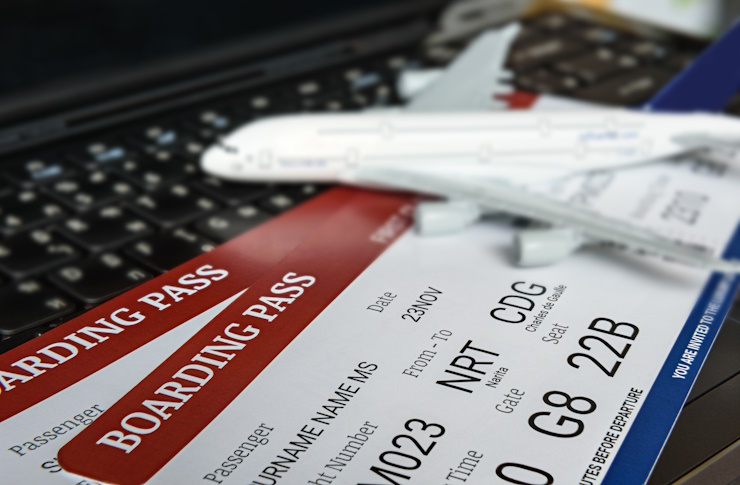Navigating visa and entry requirements across regions
Crossing borders involves more than a passport stamp. From varying visa categories and transit rules to airline documentation, understanding entry requirements helps prevent delays and fines. This article outlines practical steps for planning itineraries, coordinating flights and rail, and managing baggage and logistics when traveling between regions.

Travel today often combines multiple modes of transport and multiple authorities, and each step can bring different visa or entry requirements that affect your itinerary and routing. Preparing in advance reduces the risk of denied boarding, unexpected quarantine rules, or lost time at border checkpoints. This article breaks down typical visa categories, transit rules, airline and rail documentation expectations, airport processes, and sustainability considerations that influence routing choices.
Itinerary and routing
Good itinerary planning anticipates border rules and transit constraints. When mapping a trip, factor in layover durations, whether transit visas are required, and how baggage is transferred between carriers. Routing choices can affect visa needs—for example, connecting in a third country may trigger an entry requirement even if you do not leave the airport. Keep a copy of your itinerary, reservation numbers, and proof of onward travel readily accessible. Check entry rules for each stop on your route because a destination’s rules may depend on your previous departure point or recent travel history.
Visas and entry requirements
Visas vary by nationality, purpose of travel, and length of stay. Common categories include tourist, business, student, and transit visas. Some countries offer visa-free entry or visa-on-arrival for certain passports, while others require electronic visas or consulate processing. Entry requirements also encompass valid passport remaining validity, blank pages, vaccination certificates, and biometric registrations. Review official government guidance and, when in doubt, consult the issuing embassy or consulate to verify documentation timelines and specific evidence required for your visa application.
Flights, rail, and transit options
Airlines, rail operators, and transit authorities each have document-check practices that can differ from border control. Carriers are often liable for transporting passengers without the correct visa; they may deny boarding at check-in. For international rail travel, passport and visa checks may occur onboard or at stations. Transit passengers should confirm whether airport transit areas permit access without passing through immigration. When combining flights and rail, allow additional buffer time for document verification and potential delays in baggage transfer.
Airports and baggage handling
Airports enforce entry and transit rules through immigration, customs, and security processes. Baggage routing matters: if bags are checked through to the final destination, you may not need to clear customs at transfer points; if not, you might be required to enter the country to recheck luggage. Understand each airline’s checked baggage agreements and whether interline carriers will transfer baggage automatically. Keep essential documents, prescriptions, and a change of clothes in carry-on luggage to mitigate the impact of delays or lost bags during international connections.
Booking, logistics, and mobility
Booking choices influence the ease of complying with entry rules. Book tickets on a single itinerary or with partner carriers where possible, as single-ticket itineraries often simplify baggage handling and reduce issues at check-in. For complex routes, coordinate logistics such as airport transfers, local mobility options, and visa appointment windows. Consider travel insurance that covers unexpected visa-related cancellations, and confirm local transport requirements like digital passenger locator forms, which some countries require before arrival.
Sustainability and routing choices
Sustainability considerations increasingly shape routing decisions. Travelers may choose rail over short-haul flights to reduce emissions, but this can change visa and entry logistics if international borders are involved. Multi-leg journeys designed for lower carbon impact can require more careful planning around visas, as additional stops may introduce extra entry requirements. Evaluate the trade-offs between direct flights and greener routing and ensure documentation for every border crossing, whether by air, rail, or road.
Conclusion Navigating visa and entry requirements across regions requires combining up-to-date regulatory checks with practical logistics—booking, baggage strategies, and transit awareness. Build redundancy into your travel plans by carrying digital and physical copies of essential documents, verifying carrier policies, and allowing extra time between connections. Clear planning and attention to both transport and immigration rules help preserve itinerary flexibility and reduce the risk of disruption during international travel.





